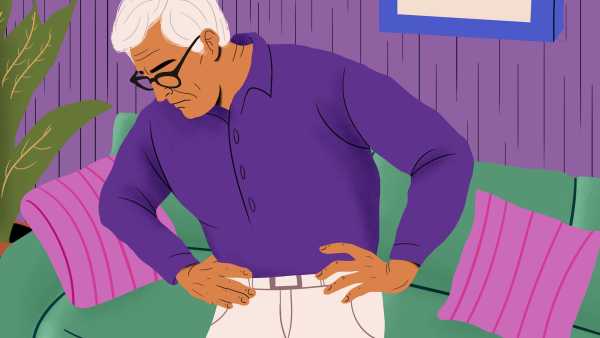
(Image credit: Getty Images)
Many people choose to invest in air purifiers to help prevent seasonal allergies, such as hay fever, which is worse in the spring, summer, and early fall. These devices are able to remove pollen from the air that causes seasonal allergies.
But are air purifiers really effective against dust? And, in particular, can they relieve dust mite allergy symptoms?
In short: yes, but not significantly.
Dust mites are microscopic arachnids that typically live in household dust, feeding on the skin particles shed by people and their pets. These tiny pests hide in soft materials like bedding, carpets, and curtains, and can aggravate allergic reactions in people.
This is because, while many people believe that dust itself causes allergies, it is actually the particles left behind by dust mites that are to blame. It is usually the proteins in their droppings, not the mites themselves, that cause allergic symptoms.
Once dust mites have eaten enough dead skin cells, the enzymes they use to digest their food are expelled out the other side as tiny fecal pellets, which are potent allergens, explained Dr. Jay Portnoy of Mercy Children's Hospitals and Clinics in Kansas City, Mo. These excrements end up in so-called dust traps, such as carpets, rugs, blankets, and curtains.
Dust mites do not tend to become airborne like fine dust particles, although the allergens they release may become airborne during vacuuming or sweeping.
While air purifiers are effective at removing most irritating allergens from a single room, they can't remove all particles from the air, said Dr. Alana Biggers-Walker, an assistant professor of medicine at the University of Illinois at Chicago. And they don't eliminate the problem itself: dust mites and the dusty furniture they live in.
However, according to a meta-analysis published in June 2024 in the World Allergy Organization Journal, air purifiers can significantly reduce some symptoms of dust mite allergies, including sneezing and runny nose. However, these benefits are only seen when the filters are operated at night and are in the “breathing zone,” which is within close proximity (within 30 centimeters or 10 inches) of a person’s nose and mouth.
Ultimately, however, the review suggests that such nighttime air purification may be less effective than implementing comprehensive bedroom cleaning measures – using protective bedding, regularly cleaning upholstered furniture and thoroughly vacuuming carpets.
$219.99
Sourse: www.livescience.com





